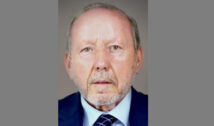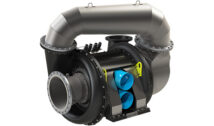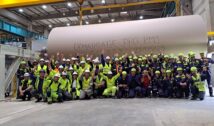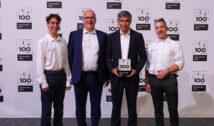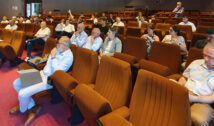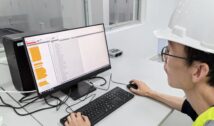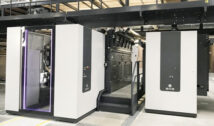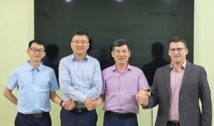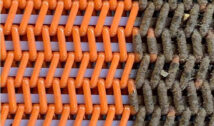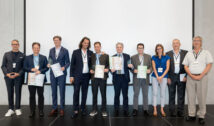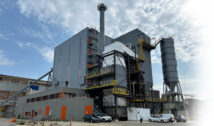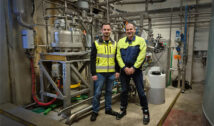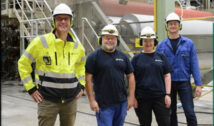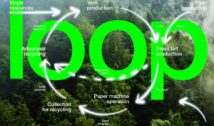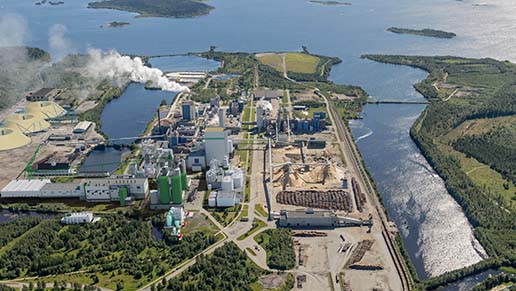
Metsä Group’s strategic objectives include increase of the value of Finnish forests, profitable growth together with customers, reduction of fossil fuel consumption, increase of renewable energy production and higher amount of carbon stored in wood based products that have a long life span. Metsä Group continues its strategy implementation by commencing pre-engineering projects related to building a new bioproduct mill in Kemi and a new sawmill in Rauma in Finland and to the first phase in renewing the Husum pulp mill in Sweden. If implemented in full the total value of these investments would amount to approximately EUR 2 billion during 2019–2023. These planned investments in Kemi and Rauma would increase Finland’s annual income by approximately EUR 0.6 billion and exports by approximately EUR 0.7 billion, and the positive employment impact in the direct value chains would be roughly 2,000 jobs. Construction phases in Kemi and Rauma would generate a positive employment impact of approximately 11,500 person-years.
Metsä Fibre, part of Metsä Group, has finalized its Kemi pulp mill related prefeasibility study, launched in May 2018. The study included two alternatives: Building a totally new bioproduct mill that would be clearly bigger in size than the current Kemi pulp mill or alternatively extending the life cycle of the current mill by modernizing several departments. In the study the availability of wood raw material and the development potential of Kemi’s industrial infrastructure and logistic connections were examined, in particular.
Building a new bioproduct mill in Kemi was chosen for future development. Target for the now initiated pre-engineering project is to create conditions for building a bioproduct mill with annual production capacity of approximately 1.5 million tonnes of softwood and hardwood pulp to Metsä Group’s current mill site in Kemi. In addition to pulp, the mill would produce various other bioproducts. This mill would be the biggest wood processing unit in the Northern hemisphere. The new mill would replace the current Kemi pulp mill which annual capacity is approximately 620,000 tonnes. The total investment would amount to approximately EUR 1.5 billion.
Annual pulpwood consumption of the new Kemi bioproduct mill would be approximately 7.6 million cubic meters, which is roughly 4.5 million cubic meters more compared to the consumption of the current mill. Pulpwood for the mill is targeted to be sources from Finland. Securing the wood sourcing for the mill requires further studies to maximize the share of domestic wood.
The Kemi bioproduct mill would directly employ approximately 250 people and in its whole direct value chain roughly 2,500 people in total, indicating an increase of 1,500 jobs compared to current situation. The employment impact in the construction phase would be almost 10,000 person-years of which over half in Kemi. The main planning premises of the new mill include totally fossil free operations and 250 per cent self-sufficiency in electricity. The pulp production volumes would mainly be sold to European and Asian customers as well as to Metsä Board’s, also a part of Metsä Group, kraftliner mill located at the same mill site in Kemi. The final investment decision related to Kemi bioproduct mill is expected to be made in summer 2020.
Metsä Fibre commences also a pre-engineering project to build a pine sawmill at its mill site in Rauma. The estimated annual production of the sawmill would be approximately 750,000 cubic meters. The new sawmill would be the most modern and efficient unit in its field in the world. The level of technology and utilization of data will be raised clearly higher compared to current sawmills. The total investment would amount to approximately EUR 200 million. The new sawmill would directly employ approximately 100 people and in its direct value chain roughly 500 people in total. The employment impact in the construction phase would be approximately 1,500 person-years. The sawmill’s annual sawlog consumption would be approximately 1.5 million cubic meters. Wood for the sawmill is planned to be sources from Finland. The increased sawn timber volumes would be sold mainly to European and Asian customers. The final investment decision related to Rauma sawmill is expected to be made in early 2020.
Metsä Board has concluded a prefeasibility study related to renewal of Husum integrate’s pulp mill in Sweden and starts pre-engineering of the first phase of the renewal. The plan is to build a new recovery boiler and a turbine to replace the mill’s old recovery boilers and turbines. This investment would amount to approximately EUR 300 million and it would be implemented during 2019–2022. The mill’s two fibre lines are planned to be replaced with one new line in the second phase of the renewal in the 2020’s. Husum pulp mill’s annual capacity of approximately 750,000 tonnes would remain roughly unchanged, but its cost competitiveness would improve significantly. The final investment decision related to the first phase of Husum pulp mill’s renewal is expected to be made in the last quarter of 2019 at the earliest.
These planned investments implement Metsä Group’s strategic objectives by reducing the use of fossil fuels by over 400 GWh/a, increasing production of renewable energy by over 2 TWh/a and increasing carbon dioxide stored in wood products that have a long lifespan by 700,000 tonnes/a.
Securing wood sourcing, preconditions for smooth deliveries, development of world economy; and especially Asian economy, results of environmental impact assessments, environmental permits, development of financial markets and export financing as well as cooperation with several parties related to wood sourcing, logistics, town planning and permits will impact the final investment decisions.
”Metsä Group’s mission is to add value to sustainably grown Finnish wood. The forest owners’ target is to grow high quality sawlogs and our task at Metsä Group is to make sure that we have enough competitive capacity in mechanical wood products which store carbon for a long time. Before the forest estates reach the time for regeneration felling, or the so called sawlog stage, they must be thinned several times to make room for growth. Also, for the wood from these thinnings as well as for the wood from regeneration fellings that cannot be used in mechanical wood products we must have competitive processing capacity with which we make different fibre products replacing fossil materials in the global markets. With these investments we would secure our ability in the whole forest industry value chain to both respond to the needs and requirements from forest owners and customers and to implement our significant role in climate change mitigation”, says Metsä Group’s President and CEO Ilkka Hämälä.


